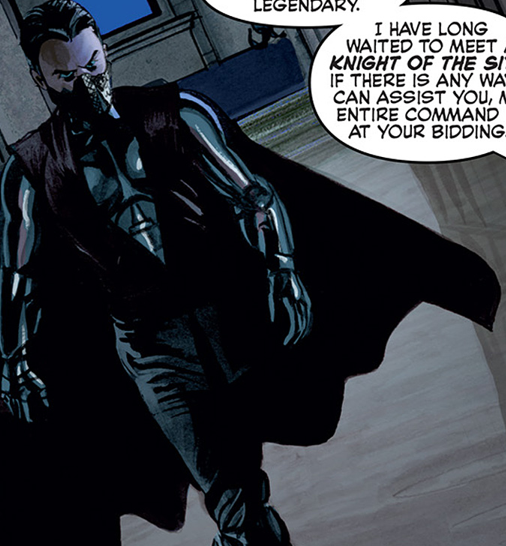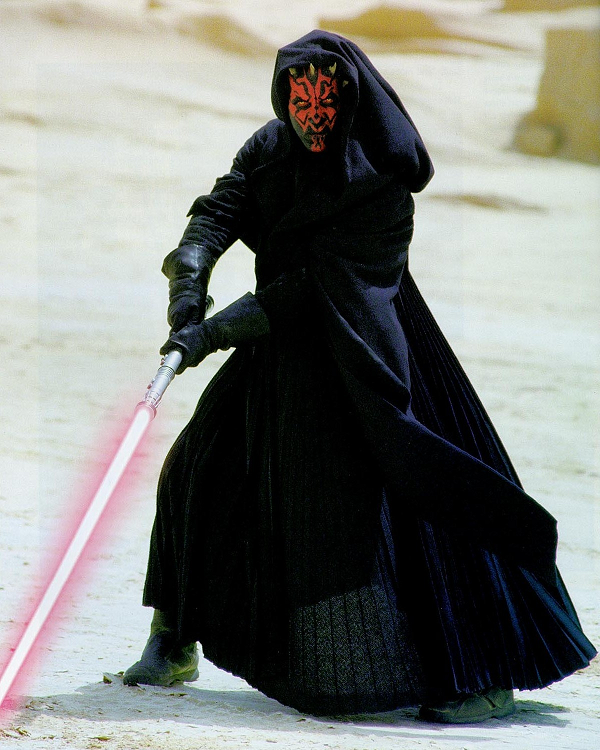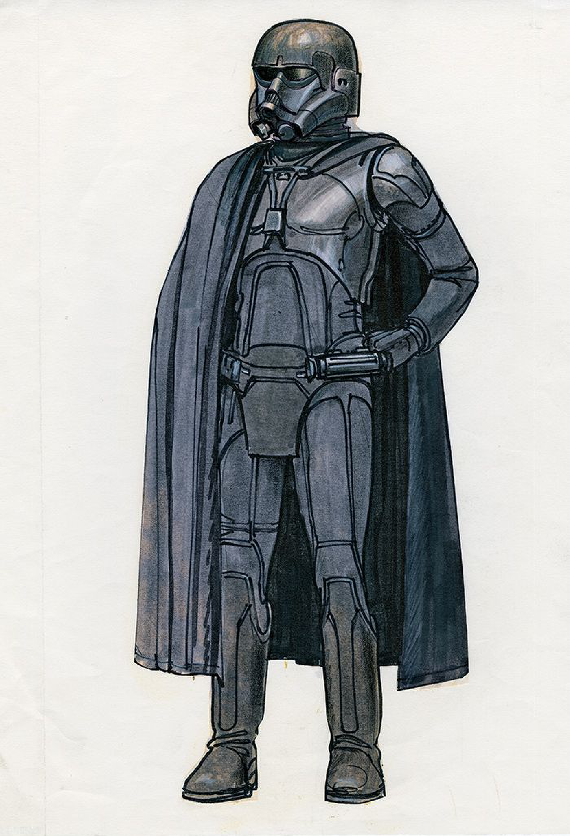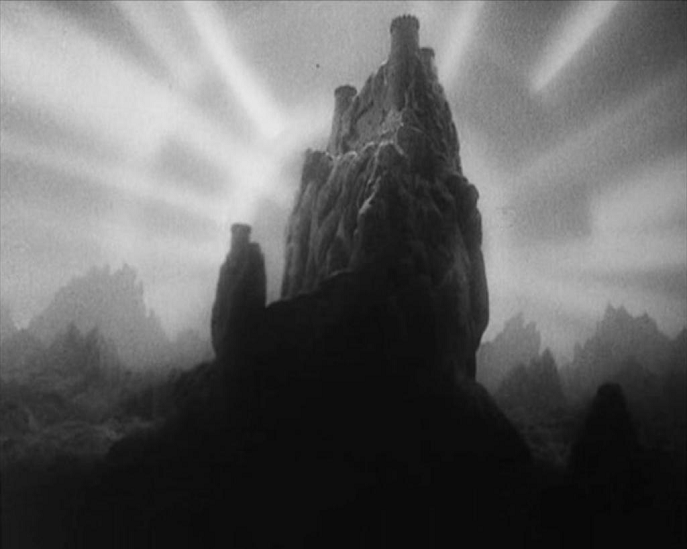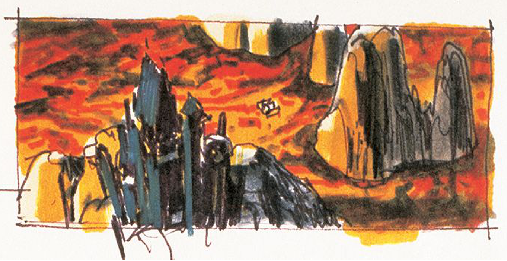- Post
- #719792
- Topic
- Willow and Star Wars
- Link
- https://originaltrilogy.com/post/id/719792/action/topic#719792
- Time
Bumping just to say that I suspect that Lucas originally intended Madmartigan and Sorsha to get much more seriously injured in the final battle than they actually do on film.
Madmartigan, I believe, would have lost his left arm in battle against King Kael, but he manages to kill Kael anyway. This is a nod to the original idea for the Luke/Vader duel in ESB, where Luke loses his left arm at the elbow but keeps on fighting with the saber in his right hand.
In the finale Madmartigan would have been seen with a golden prosthetic hand, much like the silver hand of the legendary Irish high king Nuada. This is also a reused idea from ESB--Luke's new arm was originally to be a golden droid arm like Threepio's.
Sorsha, meanwhile, would have been in a lot more trouble when she confronted Bavmorda. Bavmorda would have conjured several stone gargoyles into life (a Ray Harryhausen homage) and there would have been a fight scene.
Unfortunately swords can't cut statues, so Sorsha would pretty soon be beaten senseless--only to be saved by the arrival of Fin Raziel, whom Bavmorda had locked out of the room earlier.
When Madmartigan (minus an arm) came in at the end to embrace Sorsha, she'd likely have an eye swollen shut and a broken nose. Afterward, in the finale, we'd see that she'd actually lost the eye, leaving it milky white.
The idea of having Sorsha scarred up is a combination of several ideas. First of all, there's inspiration from Mad Max's damaged eye in Mad Max Beyond Thunderdome, which resulted from his eye being swollen shut in the previous film.
As well, in the third draft of SW 1977 Princess Leia (who was then a blonde, like the original half-elf Sorsha) was apparently going to end up with an eye swollen shut after being tortured by Darth Vader.
And there's also the original idea for unmasked Vader in ROTJ, who was supposed to be blind in one eye. After all, Sorsha is in many ways modeled on Darth Vader and his 1974 antecedent, Prince Valorum. Valorum's own predecessor, General Tadokoro in The Hidden Fortress, also received facial scars from a beating.
Madmartigan was apparently much more closely patterned on Mad Max in the early outlines: instead of the final film's roguish womanizer, he was an honorable but embittered knight who went into self-imposed exile after killing the bandits who killed his wife and infant child. Sorsha's eye injury--resembling Max's in The Road Warrior--signifies that she is Madmartigan's soul mate.
The motif of the one-eyed hero also recurred in the original TV versions of the Young Indy Chronicles, featuring eyepatched Old Indy.
Oh, and in the early outlines for Willow, we were going to see Sorsha topless earlier in the film. It was actually a plot point, as she wears a royal medallion from her father's kingdom as a necklace.
Quite a lot of family-unfriendly stuff here. Most of it recycled from early SW ideas. I guess Lucas really wanted to reuse the old ideas but ultimately caved into his own Disneyesque reputation.
